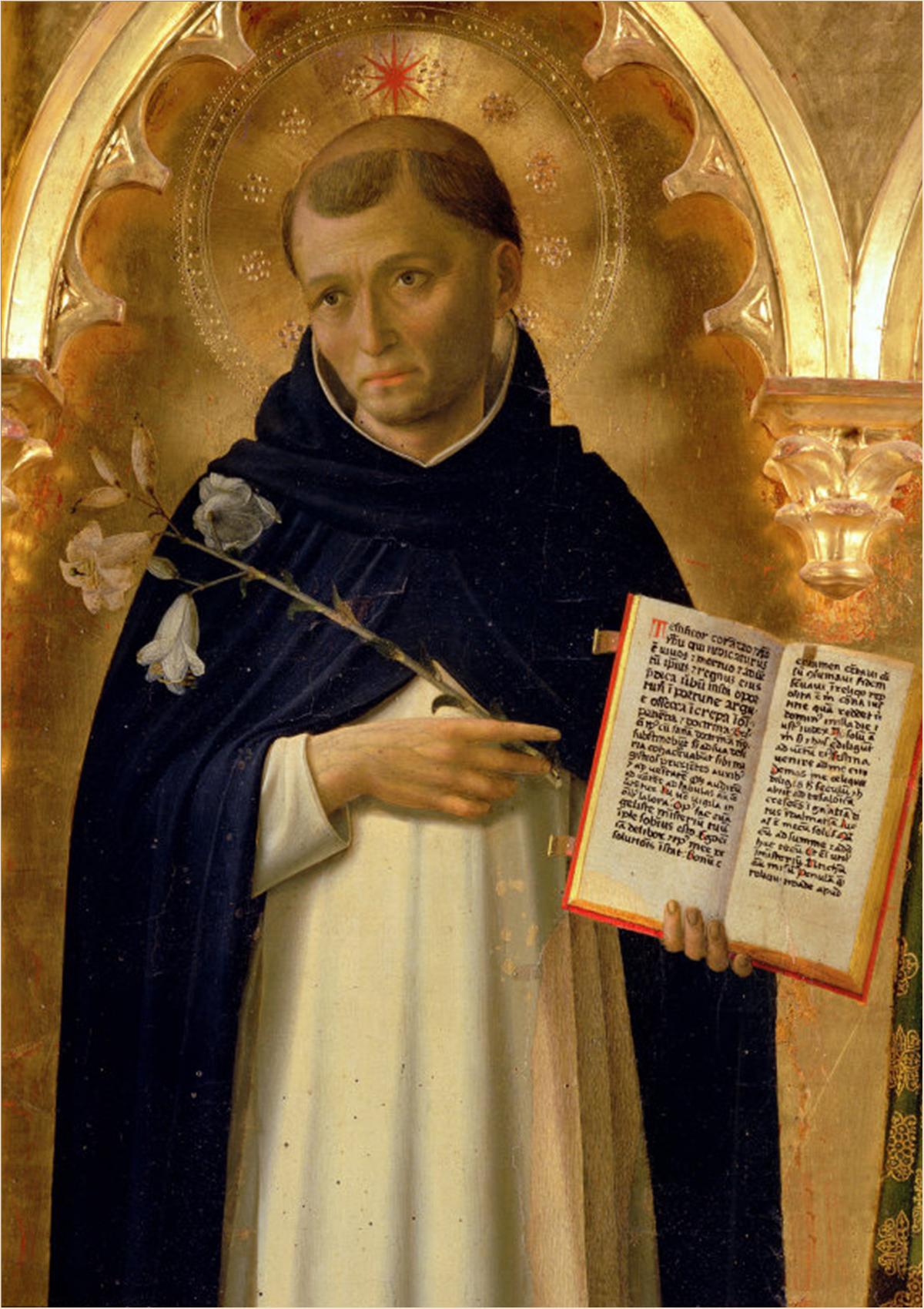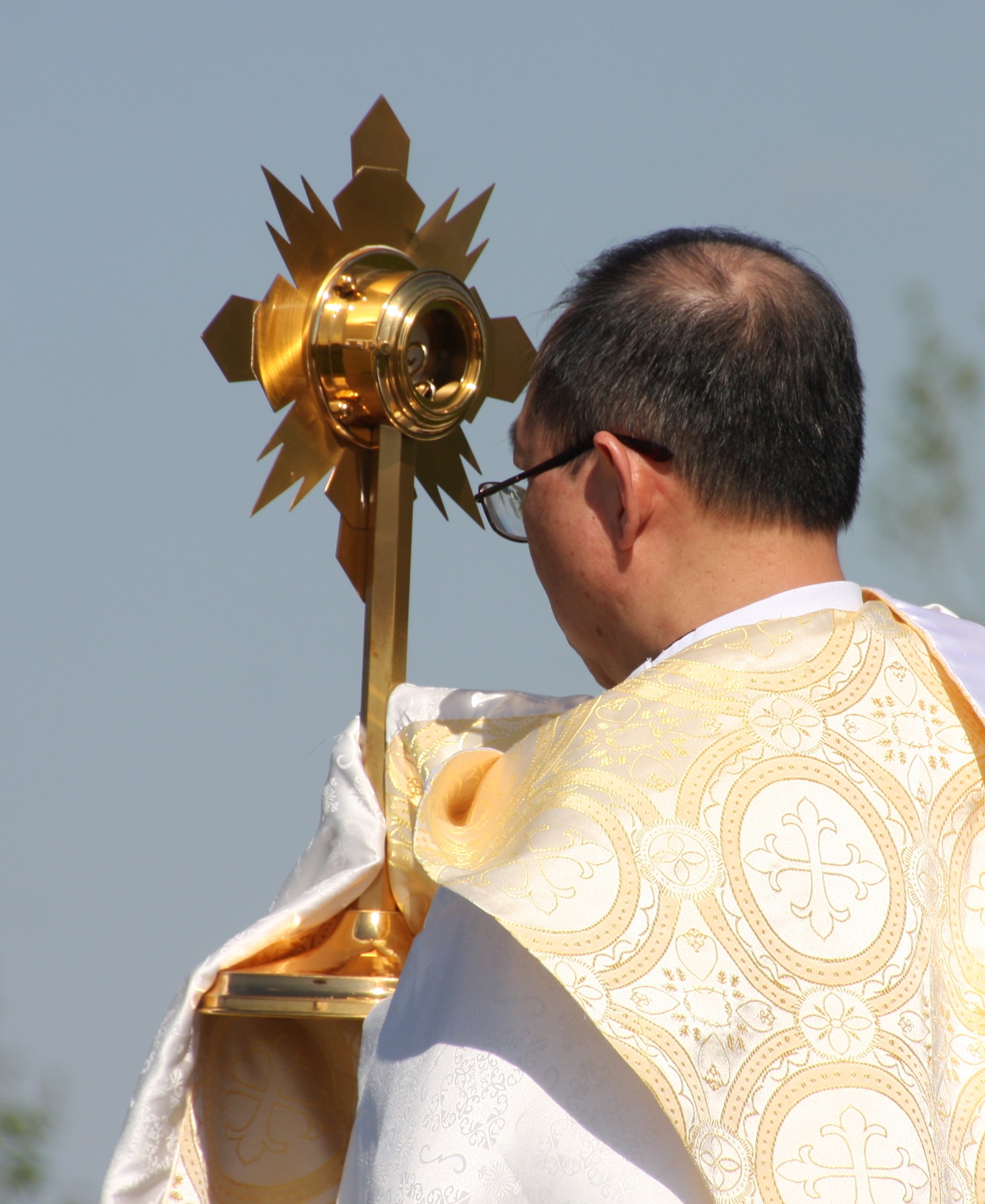|
Theresa Kugel
Sister Theresa Kugel, OP (1912, Orekhovo-Zuyevo, Moscow Oblast Moscow Oblast ( rus, Моско́вская о́бласть, r=Moskovskaya oblast', p=mɐˈskofskəjə ˈobləsʲtʲ), or Podmoskovye ( rus, Подмоско́вье, p=pədmɐˈskovʲjə, literally "under Moscow"), is a federal subject of Rus ..., Russian Empire – 1977, Vilnius, Lithuania), was a Dominican Order, Dominican nun of the Russian Catholic Church. Her birth name was Minna Rahmielovna Kugel (Минна Рахмиэловна Кугель). Biography Mina Rakhmielovna Kugel was born in 1912 into the family of a rabbi. Her parents and siblings were later described as, "good and decent people, faithful to all the precepts of the Judaism, Jewish religion." Mina, however, grew up feeling torn between the Orthodox Judaism, Orthodox Jewish values of her family and the indoctrination into Marxist–Leninist atheism through the Soviet educational system. In 1929, a 15-year old Mina Kugel graduated from high ... [...More Info...] [...Related Items...] OR: [Wikipedia] [Google] [Baidu] |
Dominican Order
The Order of Preachers ( la, Ordo Praedicatorum) abbreviated OP, also known as the Dominicans, is a Catholic mendicant order of Pontifical Right for men founded in Toulouse, France, by the Spanish priest, saint and mystic Dominic of Caleruega. It was approved by Pope Honorius III via the papal bull '' Religiosam vitam'' on 22 December 1216. Members of the order, who are referred to as ''Dominicans'', generally carry the letters ''OP'' after their names, standing for ''Ordinis Praedicatorum'', meaning ''of the Order of Preachers''. Membership in the order includes friars, nuns, active sisters, and lay or secular Dominicans (formerly known as tertiaries). More recently there has been a growing number of associates of the religious sisters who are unrelated to the tertiaries. Founded to preach the Gospel and to oppose heresy, the teaching activity of the order and its scholastic organisation placed the Preachers in the forefront of the intellectual life of the M ... [...More Info...] [...Related Items...] OR: [Wikipedia] [Google] [Baidu] |
Anna Abrikosova
Anna Ivanovna Abrikosova (russian: Анна Ивановна Абрикосова; 23 January 1882 – 23 July 1936), later known as Mother Catherine of Siena, O.P. (russian: Екатери́на Сие́нская, transcribed Ekaterina Sienskaya), was a Russian Greek-Catholic religious sister, literary translator, and victim of Joseph Stalin's concentration camps. She was also the foundress of a Byzantine Catholic community of the Third Order of St. Dominic which has gained wide attention, even among secular historians of Soviet repression. In an anthology of women's memoirs from the GULAG, historian Veronica Shapovalova describes Anna Abrikosova as, "a woman of remarkable erudition and strength of will", who, "managed to organize the sisters in such a way that even after their arrest they continued their work." Furthermore, because Soviet dissident Alexander Solzhenitsyn interviewed surviving Greek-Catholic Dominican Sister Nora Rubashova in Moscow during his research proces ... [...More Info...] [...Related Items...] OR: [Wikipedia] [Google] [Baidu] |
Sergei Solovyov (Catholic Priest)
Father Sergei Mikhailovich Solovyov (October 25, 1885 in Moscow, Russian Empire – March 2, 1942 in Kazan, USSR The Soviet Union,. officially the Union of Soviet Socialist Republics. (USSR),. was a transcontinental country that spanned much of Eurasia from 1922 to 1991. A flagship communist state, it was nominally a federal union of fifteen nation ...) was a Russian Symbolism, Russian Symbolist poet, religious philosopher and an Orthodox (later Greek Catholic) priest. Solovyov was a grandson of the historian Sergey Solovyov (historian), Sergey Solovyov, a nephew of the poet and philosopher Vladimir Solovyov (philosopher), Vladimir Solovyov, second cousin of Alexander Blok, and a friend of Andrei Bely. Family Born into the family of Mikhail Solovyov, who was the brother of the famous Russian philosopher Vladimir Solovyov, son of poet Polixena Solovieva and novelist Vsevolod Solovyov. Solovyov was also a second cousin of the Russian poet Alexander Blok, with whom h ... [...More Info...] [...Related Items...] OR: [Wikipedia] [Google] [Baidu] |
Russian Symbolism
Russian symbolism was an intellectual and artistic movement predominant at the end of the 19th and beginning of the 20th century. It arose separately from European symbolism, emphasizing mysticism and ostranenie. Literature Influences Primary influences on the movement weren't merely western writers such as Brix Anthony Pace, Paul Verlaine, Maurice Maeterlinck, Stéphane Mallarmé, French symbolist and decadent poets (such as Stéphane Mallarmé, Paul Verlaine and Charles Baudelaire), Oscar Wilde, D'Annunzio, Joris-Karl Huysmans, the operas of Richard Wagner, the dramas of Henrik Ibsen or the broader philosophy of Arthur Schopenhauer and Friedrich Nietzsche. According to the experienced Belgian slavist Emmanuel Waegemans, "who was and still is indeed considered to be the expert par excellence in Russian literature and culture from the eighteenth-century onwards" Russian thinkers themselves contributed largely to this movement: such examples would be the irrationalistic and ... [...More Info...] [...Related Items...] OR: [Wikipedia] [Google] [Baidu] |
Godparent
In infant baptism and denominations of Christianity, a godparent (also known as a sponsor, or '' gossiprede'') is someone who bears witness to a child's christening and later is willing to help in their catechesis, as well as their lifelong spiritual formation. In the past, in some countries, the role carried some legal obligations as well as religious responsibilities. In both religious and civil views, a godparent tends to be an individual chosen by the parents to take an interest in the child's upbringing and personal development, to offer mentorship or claim legal guardianship of the child if anything should happen to the parents. A male godparent is a godfather, and a female godparent is a godmother. The child is a godchild (i.e. godson for boys and goddaughter for girls). Christianity Origins and history As early as the 2nd century AD, infant baptism had begun to gain acceptance among Catholic Christians for the spiritual purification and social initiation of i ... [...More Info...] [...Related Items...] OR: [Wikipedia] [Google] [Baidu] |
Nora Rubashova
Nora Rubashova (12 March 1909 – 12 May 1987) was a Catholic nun converted from Judaism. Her monastic name was Catherine. Biography Nora Rubashova was born in Minsk, Belarus, in a wealthy Orthodox Jewish family. In April 1926, under the influence of her high school teacher Tamara Sapozhnikova, she converted to Catholicism of the Byzantine Rite and took vows as a nun of the community of Sisters founded by Mother Catherine Abrikosova. Rubashova adopted the monastic name of Sister Catherine of Siena. According to Fr. Georgii Friedman, Rubashova's parents were heartbroken by her conversion and entrance into the Dominican Order. Her father, though, eventually came to terms with the fact. He used to joke whenever his daughter visited along with her fellow nuns, "Here come my in-laws!" She studied at the Faculty of History and Philology of Moscow State University. Rubashova was a parishioner of Fr. Sergei Solovyov, who offered the Divine Liturgy in the Old Church Slavonic liturgical l ... [...More Info...] [...Related Items...] OR: [Wikipedia] [Google] [Baidu] |
Russian Greek Catholic Church
, native_name_lang = ru , image = Moscow,_Catholic_Church_in_Presnya.jpg , imagewidth = 200px , alt = , caption = Cathedral of the Immaculate Conception , abbreviation = , type = , main_classification = Eastern Catholic , orientation = , scripture = , theology = , polity = Episcopal , governance = , structure = , leader_title =Pope , leader_name = Francis , leader_title1 = Primate , leader_name1 = Joseph Werth The Russian Greek Catholic Church (russian: Российская греко-католическая церковь, ''Rossiyskaya greko-katolicheskaya tserkov; la, Ecclesia Graeca Catholica Russica''), Russian Byzantine Catholic Church or simply Russian Catholic Church, is a '' sui iuris'' Byzantine Rite Eastern Catholic jurisdiction of the worldwide Catholic Church. Historically, i ... [...More Info...] [...Related Items...] OR: [Wikipedia] [Google] [Baidu] |
Real Presence
The real presence of Christ in the Eucharist is the Christian doctrine that Jesus Christ is present in the Eucharist, not merely symbolically or metaphorically, but in a true, real and substantial way. There are a number of Christian denominations that teach that Christ is truly present in the Eucharist, including Catholicism, Eastern Orthodoxy, Oriental Orthodoxy, the Church of the East, the Moravian Church, Lutheranism, Anglicanism, Methodism, Irvingism and Reformed Christianity. The differences in the teachings of these Churches primarily concern "the mode of Christ's presence in the Lord’s Supper". The Real Presence is rejected or interpreted in light of "remembrance" (per certain translations of the New Testament) by other Protestants, including General Baptists, Anabaptists, the Plymouth Brethren, some non-denominational Christian churches, as well as those identifying with liberal Christianity, segments of the Restoration Movement, and Jehovah's Witnesses. Effo ... [...More Info...] [...Related Items...] OR: [Wikipedia] [Google] [Baidu] |
Monstrance
A monstrance, also known as an ostensorium (or an ostensory), is a vessel used in Roman Catholic, Old Catholic, High Church Lutheran and Anglican churches for the display on an altar of some object of piety, such as the consecrated Eucharistic host during Eucharistic adoration or Benediction of the Blessed Sacrament. It is also used as reliquary for the public display of relics of some saints."" New Advent Catholic Encyclopedia. Retrieved on 2014-11-16. The word ''monstrance'' comes from the word ''monstrare'', while the word ''ostensorium'' came from the Latin word ''ostendere''. Both terms, meaning "to show", are used for vessels intended for the exposition of the Blessed Sacrament, but ''ostensorium'' has only t ... [...More Info...] [...Related Items...] OR: [Wikipedia] [Google] [Baidu] |
Blessed Sacrament
The Blessed Sacrament, also Most Blessed Sacrament, is a devotional name to refer to the body and blood of Christ in the form of consecrated sacramental bread and wine at a celebration of the Eucharist. The term is used in the Latin Church of the Catholic Church, as well as in Anglicanism, Lutheranism, Methodism, and the Old Catholic Church, as well as in some of the Eastern Catholic Churches. In the Byzantine Rite, the terms Holy Gifts and Divine Mysteries are used to refer to the consecrated elements. Christians in these traditions believe in the Real Presence of Jesus Christ in the Eucharistic elements of the bread and wine and some of them, therefore, practice Eucharistic reservation and adoration. This belief is based on interpretations of both sacred scripture and sacred tradition. The Catholic belief has been defined by numerous ecumenical councils, including the Fourth Lateran Council and the Council of Trent, which is quoted in the ''Catechism of the Catholic Church'' (w ... [...More Info...] [...Related Items...] OR: [Wikipedia] [Google] [Baidu] |
Tridentine Mass
The Tridentine Mass, also known as the Traditional Latin Mass or Traditional Rite, is the liturgy of Mass in the Roman Rite of the Catholic Church that appears in typical editions of the Roman Missal published from 1570 to 1962. Celebrated almost exclusively in Ecclesiastical Latin, it was the most widely used Eucharistic liturgy in the world from its issuance in 1570 until the introduction of the Mass of Paul VI (promulgated in 1969, with the revised Roman Missal appearing in 1970). The edition promulgated by Pope John XXIII in 1962 (the last to bear the indication ''ex decreto Sacrosancti Concilii Tridentini restitutum'') and Mass celebrated in accordance with it are described in the 2007 motu proprio '' Summorum Pontificum'' as an authorized form of the Church's liturgy, and sometimes spoken of as the Extraordinary Form, or the ''usus antiquior'' ("more ancient usage" in Latin). "Tridentine" is derived from the Latin ''Tridentinus'', "related to the city of Tridentum" (m ... [...More Info...] [...Related Items...] OR: [Wikipedia] [Google] [Baidu] |





